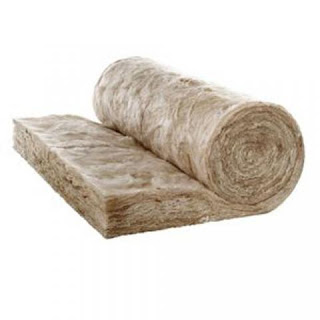Insulation of your home can empower
you to get a decent bargain on essentialness bills. It shields heat from coming
in through your dividers or second story room during summer. Insulation won't
drive your cooling unit to work all the more genuinely, diminishing your
essentialness usage. Everyone understands that the warming and cooling
structure ought to start once it hits the set temperature on the indoor
controller. Everything considered, that isn't the circumstance when your home
has insulation. Your insulation makes a prevention inside your home's present
dividers, blocking over the top atmosphere from entering and protecting
controlled air from escaping. Notwithstanding the way that the cost may show up
to some degree soak from the outset, what you get subsequently will be well
worth what you spend. Regardless, that isn't all. It even smothers outside
bustle and shields allergens from entering. Along these lines, you can
experience all the more all year comfort at home paying little heed to the
atmosphere outside. An insulation can profit your home since it can fabricate
the general estimation of your home. An insulation furthermore gives a block
that reduces the proportion of air that enters and escapes your property.
Right when your home has a real
insulation, it infers that your cooling structure won't have to fill in as hard
to keep up indoor temperatures, putting aside your money on your influence bill
and lessening your carbon impression. Insulation adds to the essentialness
adequacy of a home. Also, there are countless home and business visionaries saw
a differentiation and a noteworthy help of their insulation. Notwithstanding
the way that it restricts warmth stream, it in like manner decreases the costs
related with warming and cooling your space, while endeavoring to improve
indoor comfort. In any case, your home's insulation can speak to a risk to your
home's prosperity and to your prosperity when not presented suitably.
Insulation is the marvel material that keeps you pleasant in your home and
keeps the inner parts warm in winter and cool in summer. Insulation can control
of your comfort since it will control the temperature of your home. You can
take a gander at some imperativeness hold subsidizes smaller than expected PC
to see precisely how a ton of money you can save with a suitable insulation.
Lessened essentialness use can help decline ozone exhausting substances as
well.
The proportion of insulation and the
thickness depends upon your zone's arrangement and the kind of material. Some
insulation materials contain engineered substances that can impact your
prosperity when not dealt with properly. Unseemly insulation can make over the
top mischief your property, dependent upon what type you have. That is the
reason it is principal to have a specialist survey your present insulation for
security and prosperity recommendations. Moreover, since summer is completing,
it is the perfect time to plan for winter before those remarkable, cold
atmosphere winter temperatures hit. Utilizing a specialist insulation legally
binding laborer is the best idea, especially if the space has questionable
access, signs of clamminess issues, and breaks. Insulation authorities have the
correct equipment and aptitudes to present an insulation material without
bartering its presentation and your prosperity. You may not see precisely how
much insulation your home requires. Capable insulation installers show you
unquestionably how much insulation you need, where to put it and how a ton of
money it should save you with decreased administration bills.













